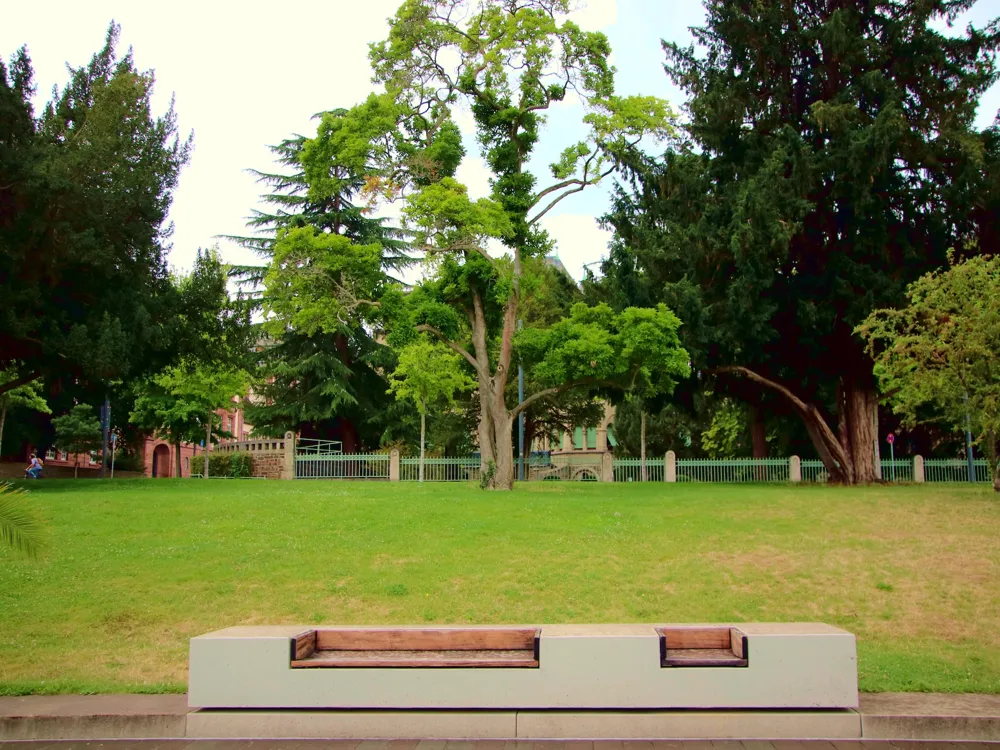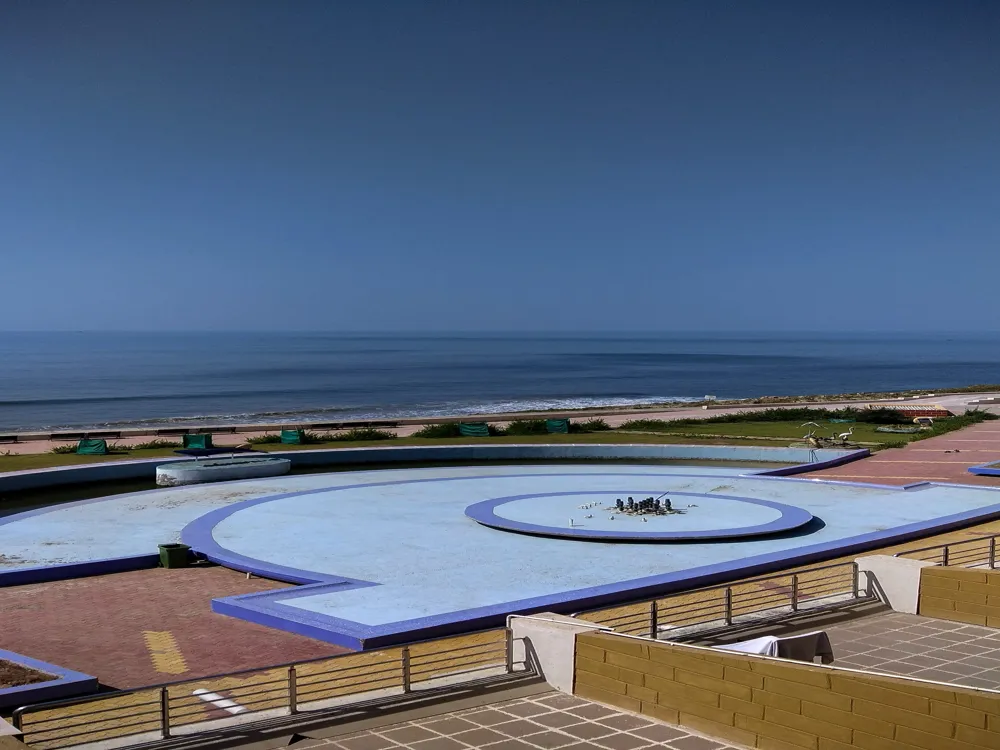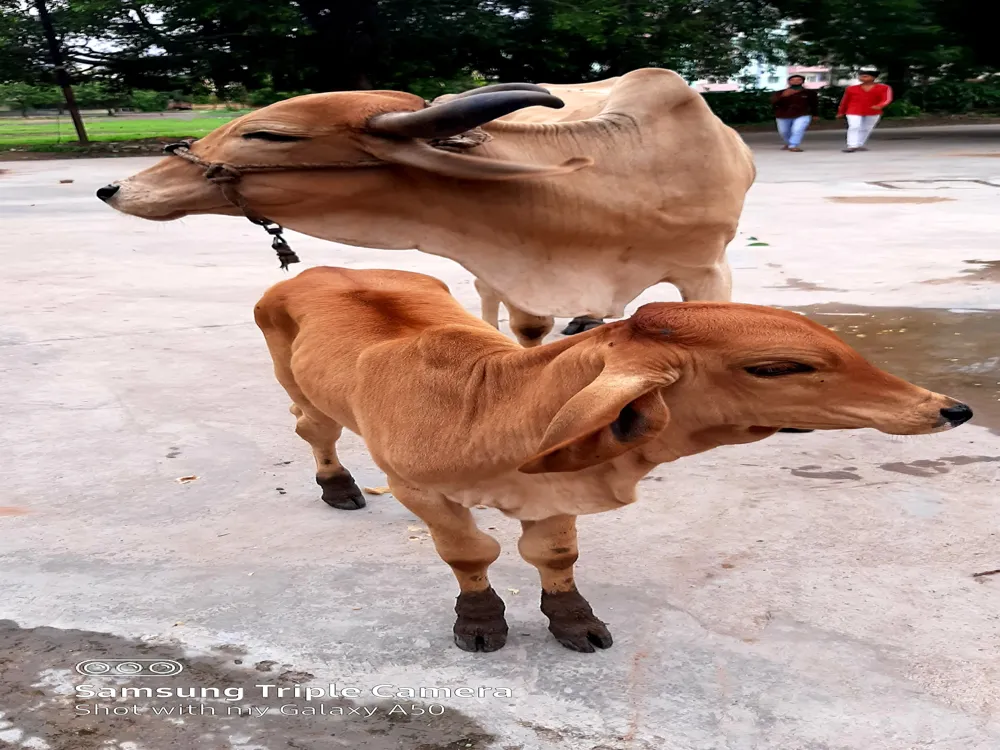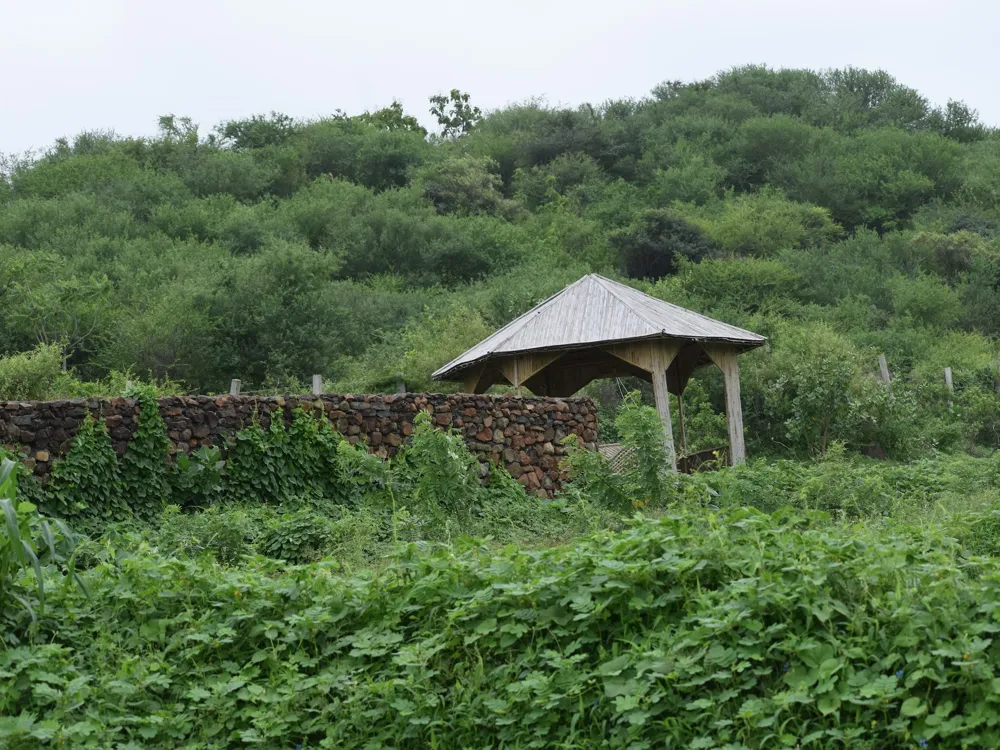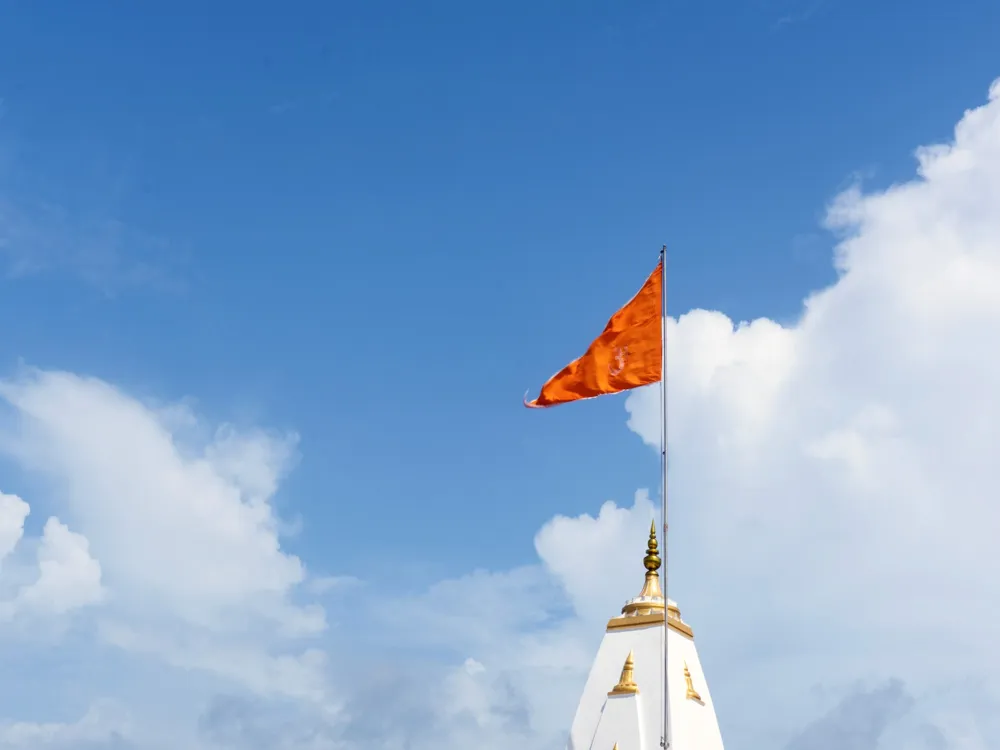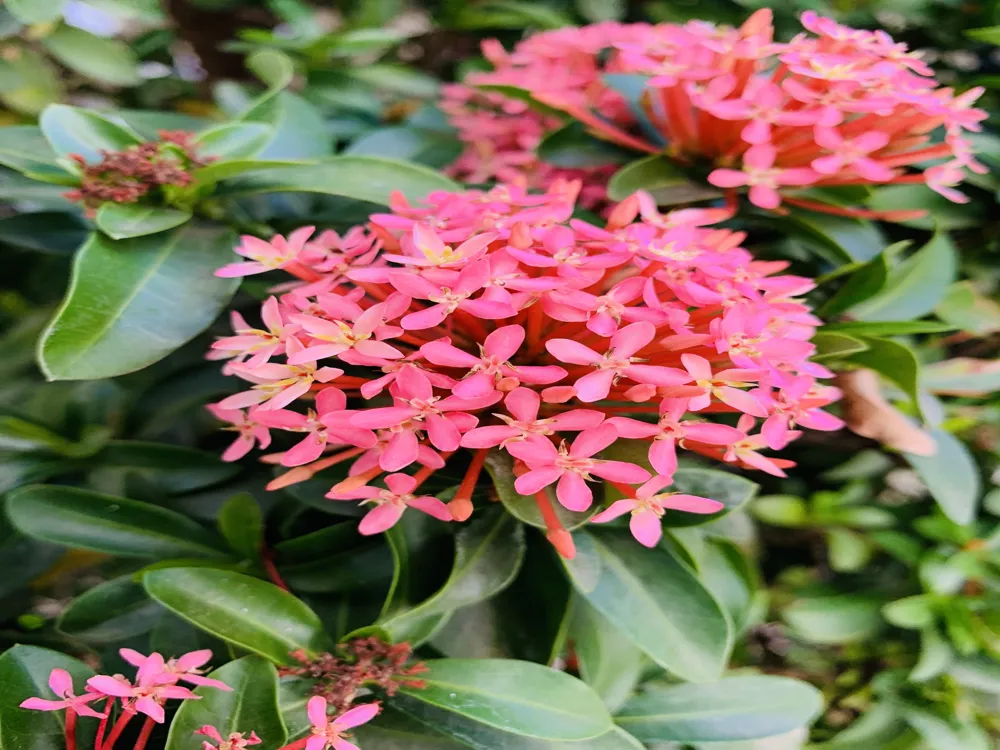The Hoka Trees of Diu are a unique and intriguing aspect of the region's natural landscape. Native to Diu, these trees are known for their peculiar shape and the distinctive fruit they bear. The Hoka Trees hold significant ecological and cultural importance in the area, attracting nature enthusiasts and tourists alike. Hoka Trees are characterized by their unusual architecture. They have a distinct, palm-like appearance with a short, stout trunk and long, slender leaves. The trees are adapted to the coastal environment of Diu, displaying resilience against strong winds and saline soil. Their fruit, known as Hoka fruit, is edible and holds a special place in local cuisine. The ideal time to visit the Hoka Trees is during the cooler months from November to February, when the weather is pleasant for outdoor activities. Opt for guided tours to gain insightful information about the ecological and historical significance of the Hoka Trees. While photographing, respect the natural habitat and avoid causing any harm to the trees or the surrounding environment. Be mindful of local customs and traditions when visiting the Hoka Trees, as they hold a special place in the cultural fabric of Diu. The Hoka Trees of Diu can be accessed via various modes of transportation. Diu is well connected by road with neighboring cities and states. The nearest airport is Diu Airport, which has regular flights from major cities. Additionally, visitors can opt for buses or taxis from nearby towns to reach the Hoka Trees. Read More:Overview of Hoka Trees of Diu
Architecture of Hoka Trees
Tips When Visiting Hoka Trees
Best Time to Visit
Guided Tours
Photography Etiquette
Local Customs
How To Reach Hoka Trees
Hoka Trees
Diu
NaN onwards
View diu Packages
Diu Travel Packages
View All Packages For Diu
Top Hotel Collections for Diu

Private Pool

Luxury Hotels

5-Star Hotels

Pet Friendly
Top Hotels Near Diu
Other Top Ranking Places In Diu
View All Places To Visit In diu
View diu Packages
Diu Travel Packages
View All Packages For Diu
Top Hotel Collections for Diu

Private Pool

Luxury Hotels

5-Star Hotels

Pet Friendly










